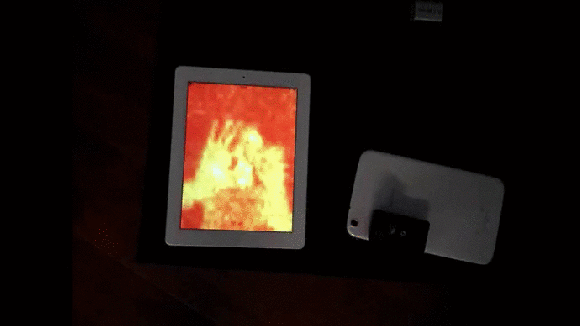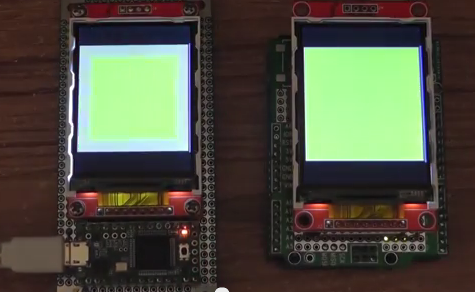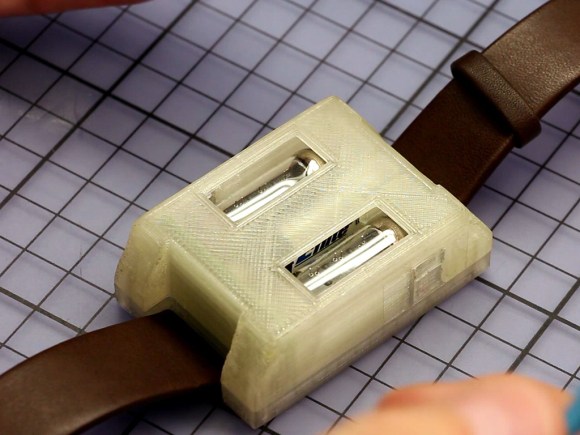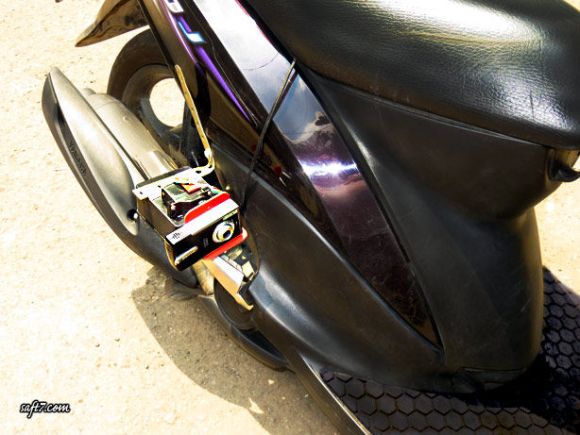
[Saftari] was inspired by the technology used to capture video in the MotoGP World Championship races to create these instructables on how to build an auto-leveling Gyro camera. The setup he developed maintains the camera at a consistent level perpendicular to the earth no matter how much the motorcycle angles against the ground when turning.
The components involved include an Arduino Uno, a Triple Axis Accelerometer, a digital servo, and a Gyro breakout board. A bracket was built to house and secure the camera to the side of the vehicle. 2mm acrylic was used for this and was bent by heating up the material. Once complete, test runs were completed showcasing the capabilities of this type of Do-It-Yourself rig.
The quality of the video after the break is a little bit blurry, but it proves the point that a Gyro camera setup can be built at home:
Continue reading “An Auto-Leveling Gyro Camera For Motorcycle Enthusiasts”

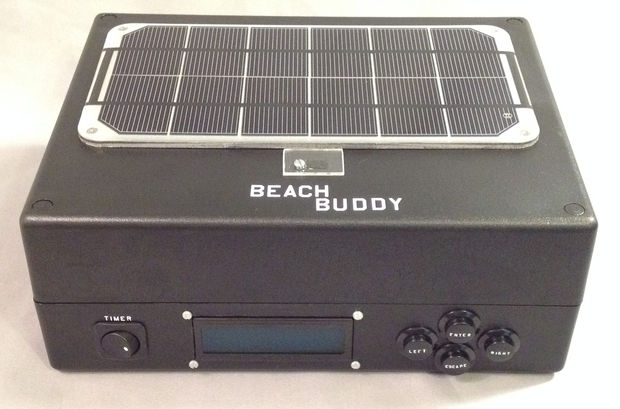
 Whether you’re just finding out now or are a procrastination ninja, it is not too late to give yourself a shot at winning that trip to space.
Whether you’re just finding out now or are a procrastination ninja, it is not too late to give yourself a shot at winning that trip to space. 